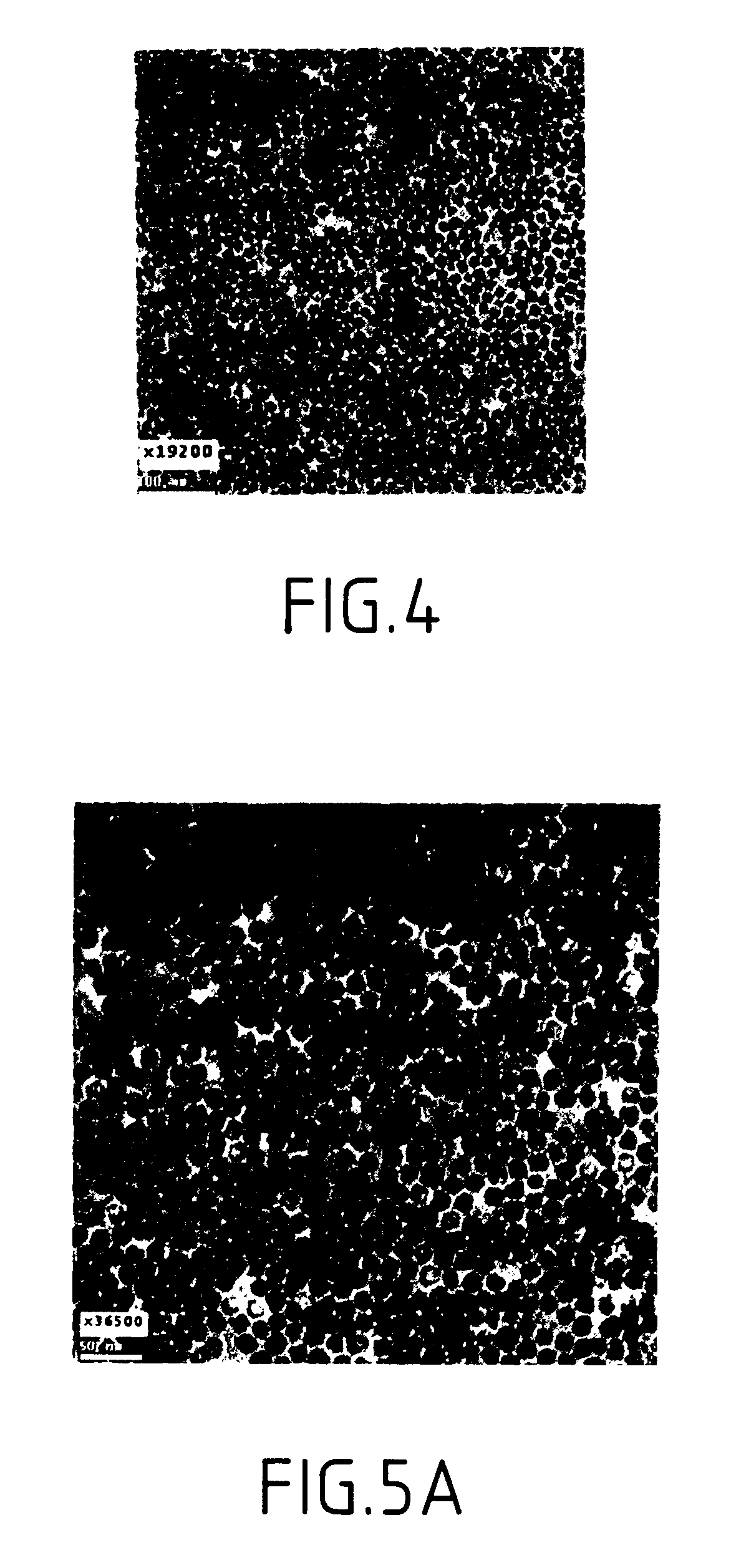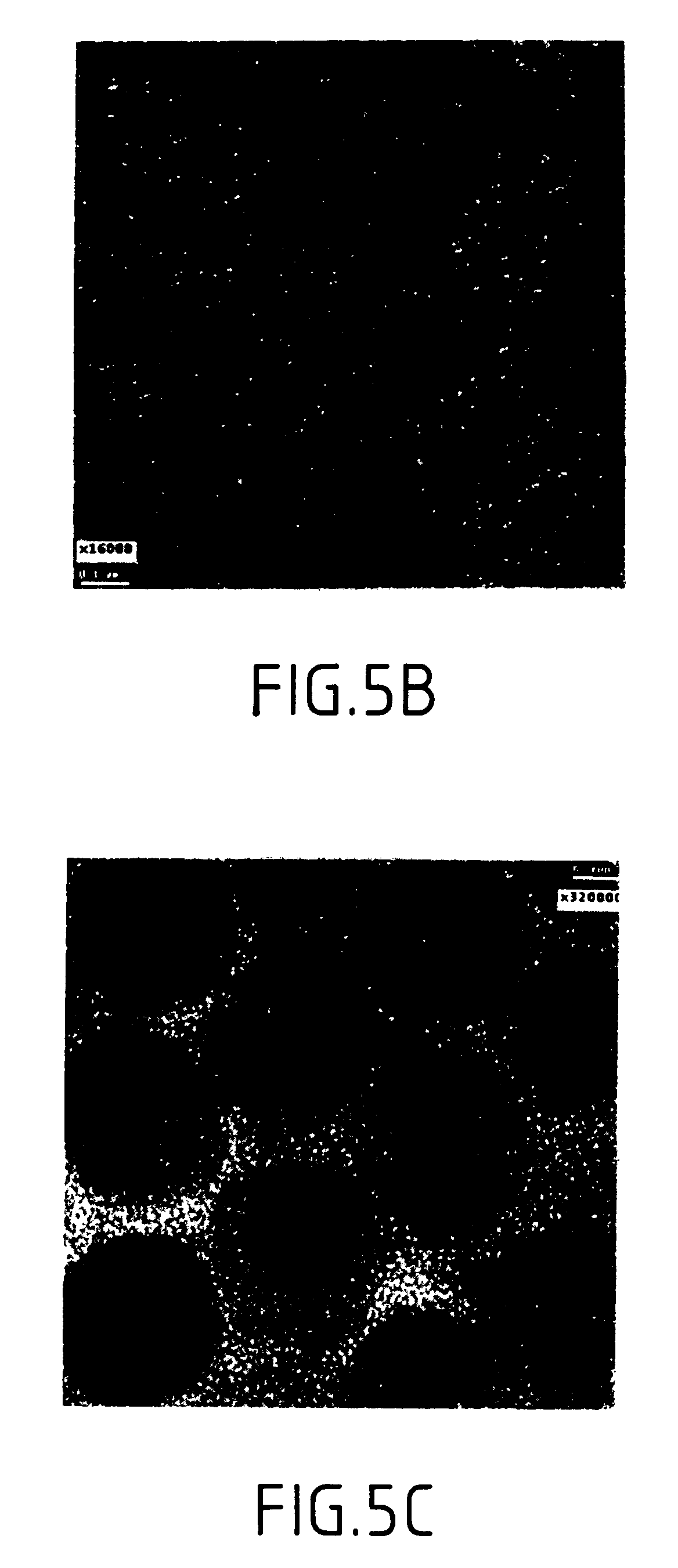Synthesis of magnetite nanoparticles and the process of forming fe-based nanomaterials
a technology of magnetite nanoparticles and nanomaterials, which is applied in the field of nanoparticle synthesis, can solve the problems of inability to achieve the size distribution of the resulting magnetic particles without particle aggregation, the composition of the particles, and the inability to achieve the size distribution of the resulting magnetic particles, etc., and achieve the process of smaller magnetite nanocrystals. a limited success ra
- Summary
- Abstract
- Description
- Claims
- Application Information
AI Technical Summary
Benefits of technology
Problems solved by technology
Method used
Image
Examples
Embodiment Construction
[0021] As mentioned above, a first object of the present invention is to provide a method for synthesizing Fe3O4 nanoparticles, with controlled particle sizes and size distribution. As shown in FIG. 1, iron oxide nanoparticle materials can be made by mixing iron salt, alcohol, carboxylic acid and amine in an ether solvent and heating the mixture to reflux. A black solution is formed. After being cooled to room temperature (e.g., 15° C.-30° C.), the mixture is treated with ethanol and black magnetic materials was precipitated out from the solution. The black product is dissolved in hexane in the presence of acid and amine, and re-precipitated with ethanol. This way, high boiling solvent and other organic impurities can be removed from the nanoparticle product, yielding pure Fe3O4 nanoparticle materials. The materials can disperse into various solvents to give a black-brown solution. TEM analysis shows that particles are nearly monodisperse. Using this procedure by varying the stabili...
PUM
| Property | Measurement | Unit |
|---|---|---|
| temperature | aaaaa | aaaaa |
| temperature | aaaaa | aaaaa |
| temperature | aaaaa | aaaaa |
Abstract
Description
Claims
Application Information
 Login to View More
Login to View More - R&D
- Intellectual Property
- Life Sciences
- Materials
- Tech Scout
- Unparalleled Data Quality
- Higher Quality Content
- 60% Fewer Hallucinations
Browse by: Latest US Patents, China's latest patents, Technical Efficacy Thesaurus, Application Domain, Technology Topic, Popular Technical Reports.
© 2025 PatSnap. All rights reserved.Legal|Privacy policy|Modern Slavery Act Transparency Statement|Sitemap|About US| Contact US: help@patsnap.com



